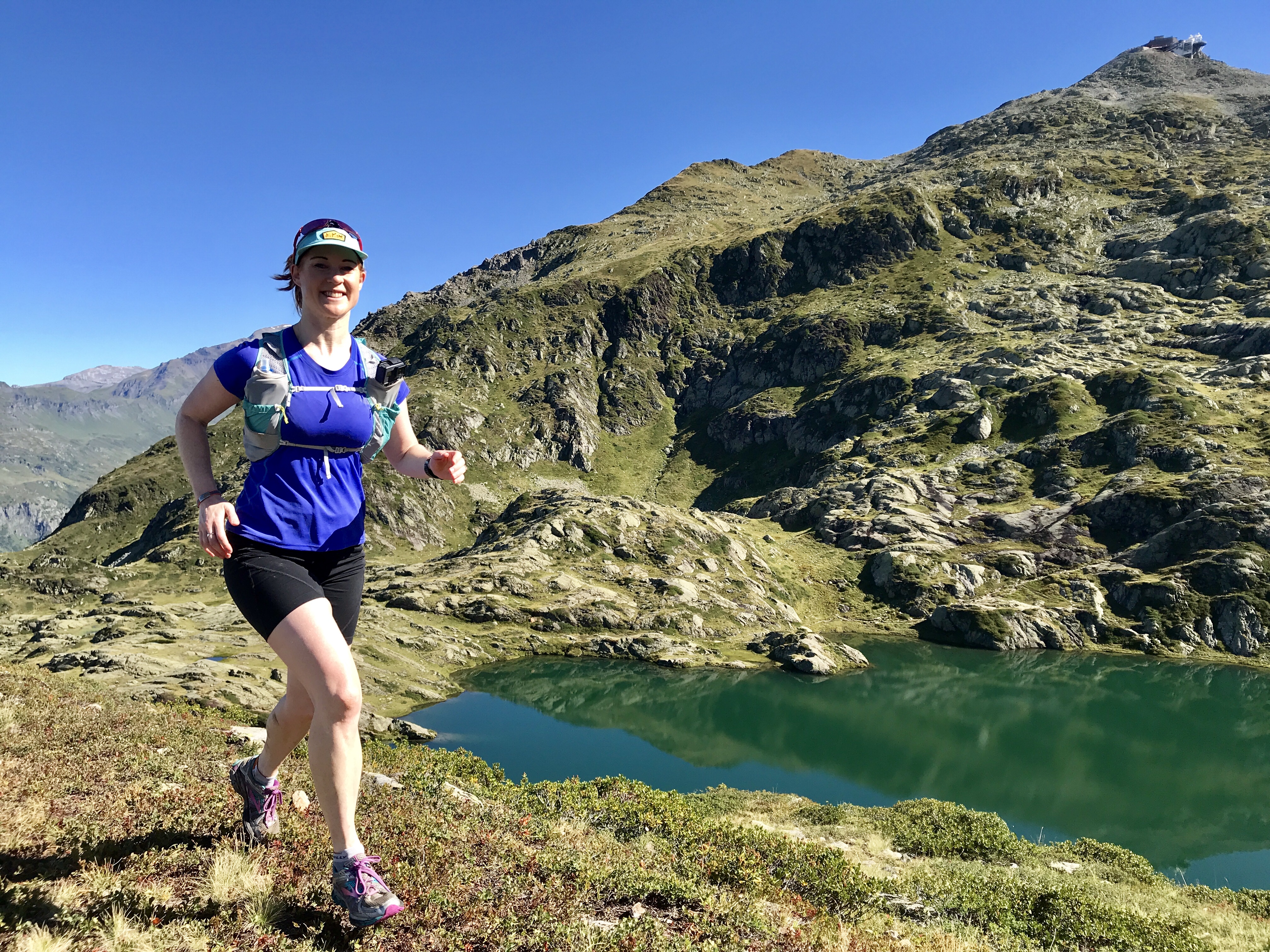4 issues barefoot shoes can’t help you with (and the easy exercises that can)
Barefoot running shoes promise to fix many running woes, but there are better ways to tackle these four issues
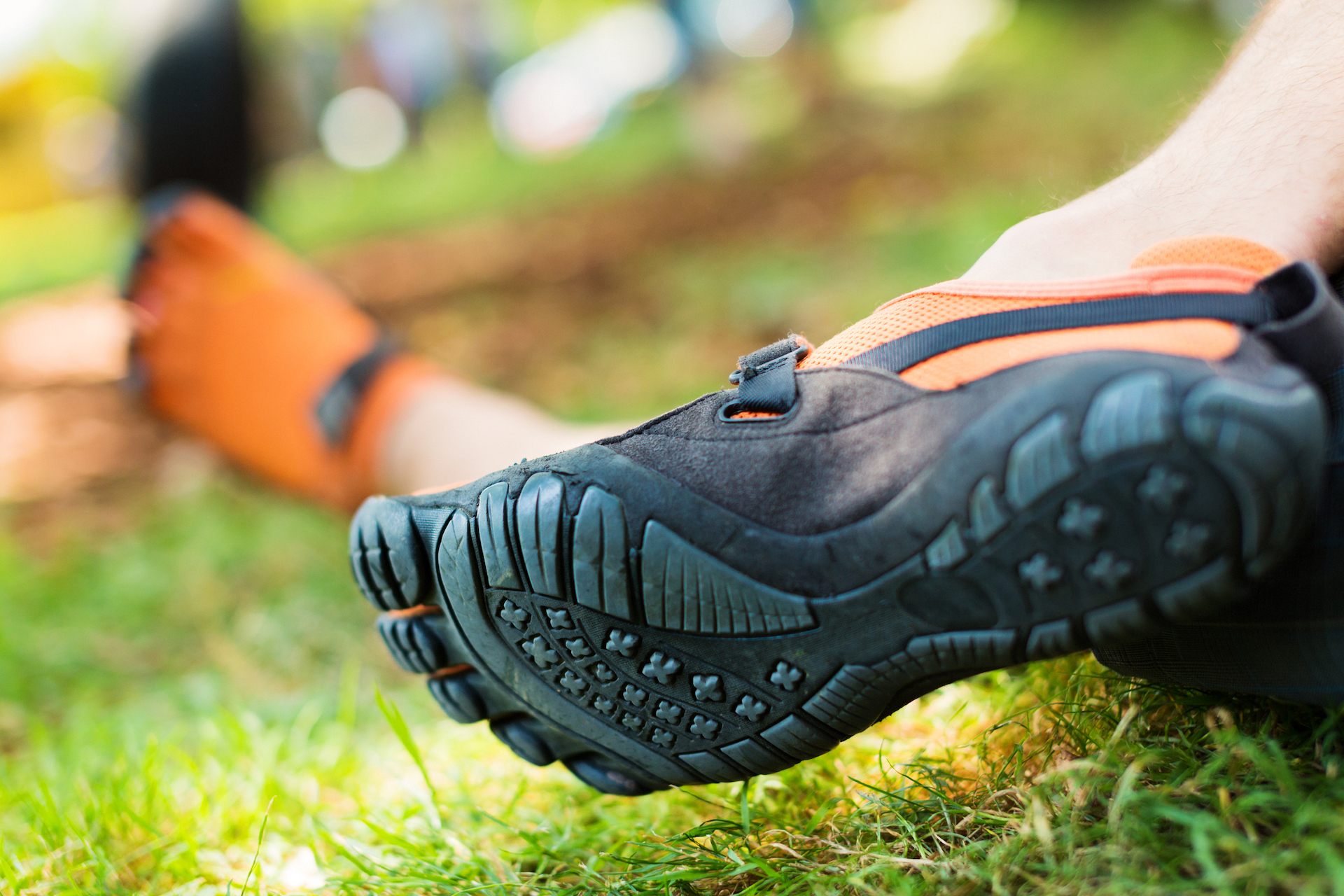
A few years ago, barefoot running shoes were hailed as the latest miracle cure for all running injuries. These minimally cushioned, lightweight, rubber slippers were supposed to improve balance, foot strength and proprioception, ‘correct’ your running gait, encourage mid-foot striking and allow you to run with more natural efficiency, just as evolution intended.
Unfortunately, natural selection hasn’t had time to deal with the fact that lazy old homo sapiens have spent the last 50 years doing a lot more sitting down than they used to, crouching over little boxes of light without moving, getting heavier and wearing soft, bouncy, narrow shoes with lots of cushioning. The result? Popping a pair of what are – let’s be honest – grippy ballet shoes on to lumbering modern humans, and then making them run 10 miles, could actually induce rather than resolve injuries.
So what’s the real answer to the problems barefoot running shoes claim to fix? Addressing these four issues with the exercises suggested won’t sort everything, but they could be a step (or two) in the right direction. They’re also so easy that you can do them while waiting for the kettle to boil, brushing your teeth or even when you’re out running.
1. Improve balance, proprioception and foot strength
Yes, barefoot shoes can help some runners improve their balance, proprioception and foot strength, but if you’re used to cushioned running shoes you need to transition very slowly indeed to avoid injury to the Achilles and calf muscles as they take on the extra strain or reduced drop from heel to toe. Even then you might never feel comfortable on rocky or hard terrain in them, especially over longer distances. So instead of splashing out on the wonder shoes, perform this simple exercise every night while you brush your teeth to strengthen your feet and improve your brain’s link with your foot muscles.
The move: Roll up a bath towel and stand on it barefoot with one leg for 30-60 seconds. Swap legs. Yes, it really is that simple. You can also do this while waiting for the kettle to boil, and without anyone noticing (ahem, sans towel) as you queue in shops, in the office canteen or while you wait to pick your kids up from XYZ activity. Make it harder by shutting your eyes. (This is more noticeable in public, so maybe keep that advancement for the bathroom!)
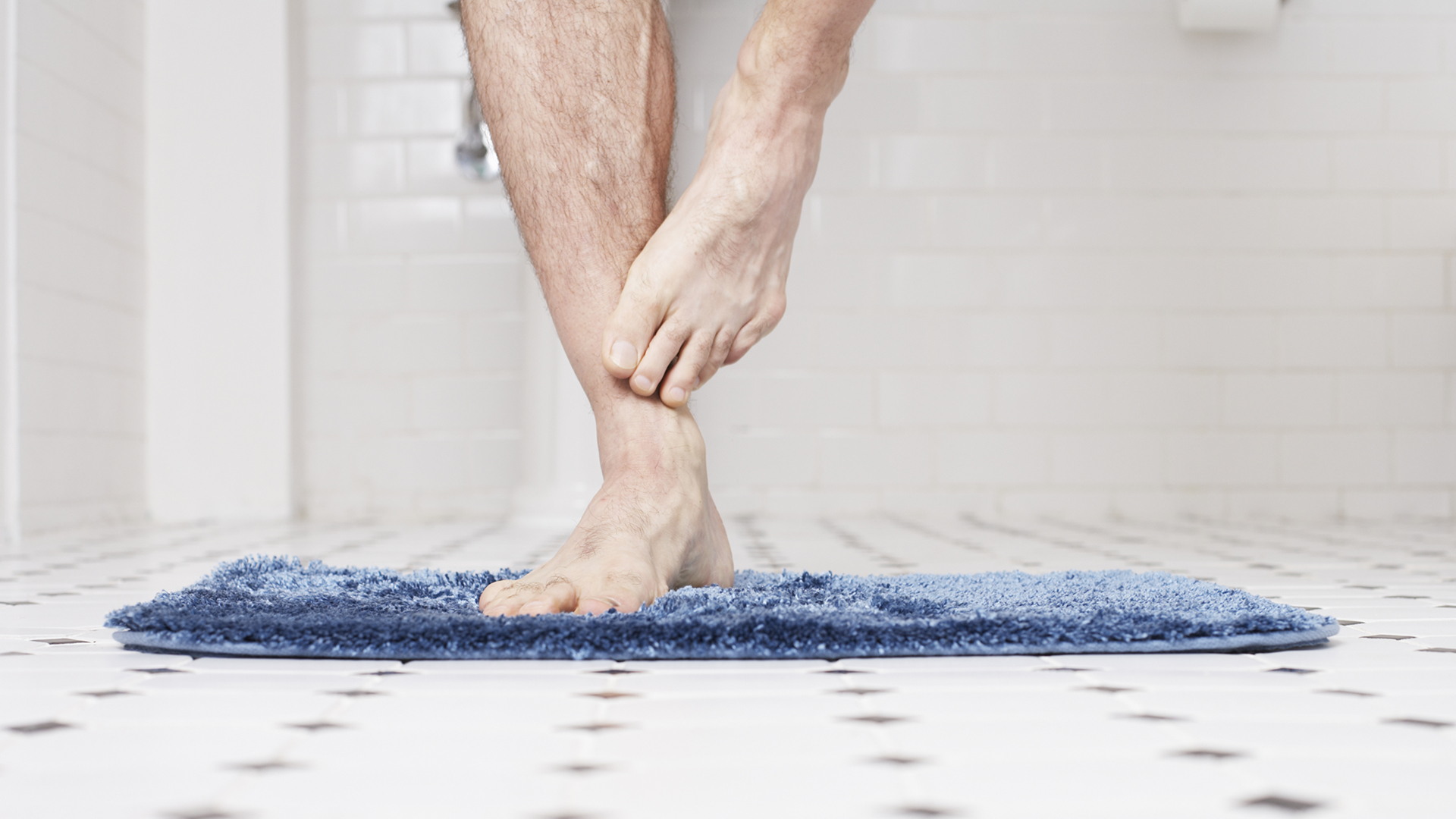
2. Change running gait
The danger here is expecting your muscles to perform differently simply putting on barefoot shoes. You’ve been running your way for X-number of years now and the older you are, the more set in their ways your muscles and ligaments are. Barefoot shoes might mean you’re slower and more cautious setting your feet down on harder terrain, but essentially you’re not going to change your running gait for the better unless you’re consciously aware of the changes you need to make.
Treadmill running gait analyses provided by many running shops don’t provide real world information, so the best plan is to have your gait analyzed outside by a professional movement professional like Shane Benzie from Running Reborn, author of The Lost Art of Running, and actively change it for a more efficient running technique.
All the latest inspiration, tips and guides to help you plan your next Advnture!
The move: For a quick fix, one of Shane’s biggest tips is to, “Practice not letting your head drop forward while you run. For every inch forward from your shoulders that your head leans, it actually feels like it weighs 10lb more, so think tall while you run, practice keeping your head up and your eyes on the horizon for the best posture.”
You can also do this while sitting at your computer, on the bus, in the car and walking anywhere, anytime!
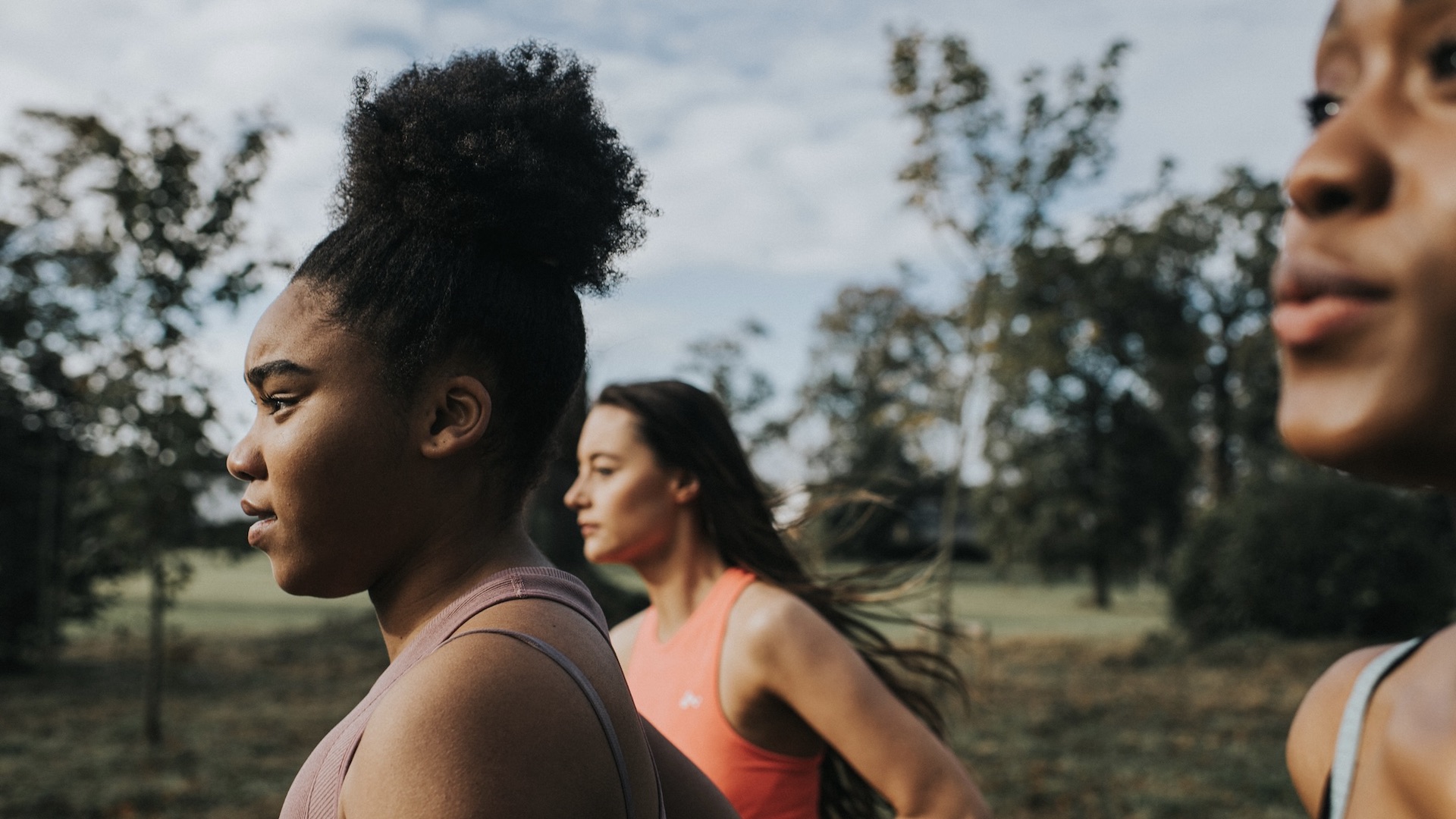
3. ‘Correct’ foot strike
There’s no single, correct way for our foot to strike the ground while running, and the type of shoe you wear won’t necessarily make you run on your toes – and nor should you the whole time anyway! Our feet meet the ground in various ways depending on whether we’re climbing a hill, descending a steep slope, hopping over tree roots, sprinting after a ball (or errant toddler!) or trudging along slowly in the early hours on an ultra. However, according to movement specialist Shane Benzie’s research with top, highly efficient runners in Ethiopia and Kenya, for most of the time we should aim for a whole-foot plant. This is where the ball and heel meet the ground at the same time.
The move: Think about running tall on your next easy run, letting the foot drop under the hip rather than over-striding ahead of you which causes heel-striking. Focus on planting your foot down as a whole. Get a friend to video you to check and watch it back in slow motion until you nail the whole-foot plant technique.
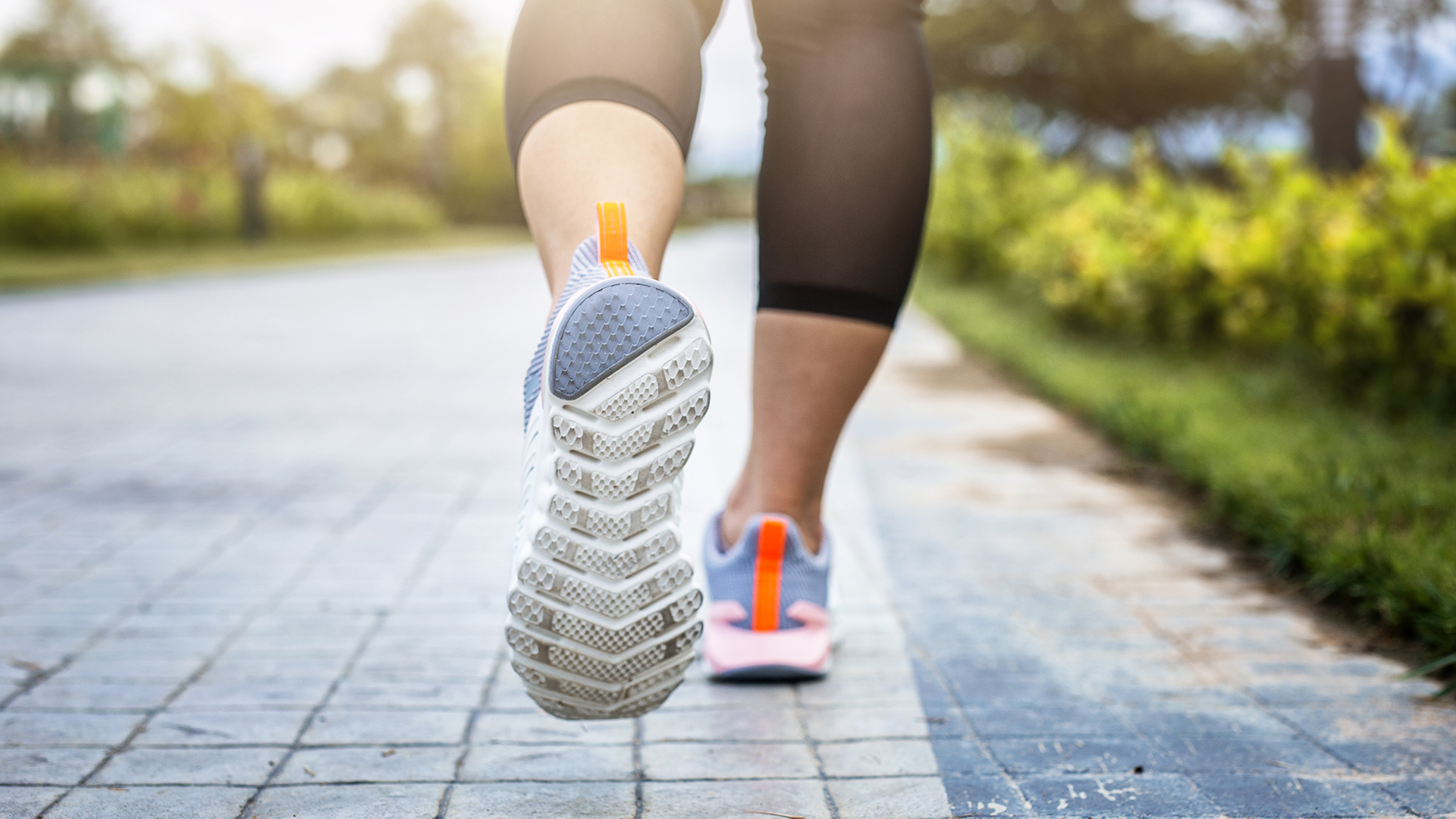
4. Run more naturally and efficiently
Being stronger throughout your whole body is a much better way to achieve a more natural and efficient running style than changing your shoes, especially when your body is starting to fatigue and loose its form towards the end of a long or hard race or training run.
There is nothing more beneficial to a runner than regular resistance training, which is quite unfortunate as most of us seem to abhor it with a passion, or at the very least find it incredibly boring. However, surely knowing that doing these moves will make your running life so much easier is enough motivation for these… go on, you know you want to.
The moves: Here we have three incredibly easy moves that you can do for just 5-10 minutes while watching the TV or while the kettle boils. If you do these three daily you’ll reap the strength benefits in no time, but at first, just do five minutes a week if that’s all you can bear. Every little helps.

Crab walk for your glutes
Put a resistance band around your feet, bend your knees slightly, keep your feet shoulder width apart and walk sideways up and down your kitchen, hall or garden. It will feel easy at first but soon your glutes will be on fire. This is also a great warm-up exercise to activate your glutes before you go for a run. When gets easy, use a stronger resistance band.
Straight and bent leg calf raises for your soleus and gastrocnemius
Stand with the ball of one foot on the edge of a stair or step. Keep the leg straight, then raise the foot up and down, lightly holding the banister for balance. Repeat on the other leg. Then isolate the smaller but very important soleus muscle by bending the knee to perform the same move. To help you bend the knee more towards 90 degrees during this move you can use a towel around a banister to balance. Make it harder by wearing a backpack with weight in.
Bulgarian split squat for all your leg muscles
Place one foot on a sofa or chair, the other foot further forward, then squat down until the knee makes a right angle, then push back up. This works the whole posterior chain including your glutes, hamstrings, quads and gives you a bonus hip flexor stretch too. Make it harder by carrying a backpack or a couple heavy-duty shopping bags loaded with weighty kitchen items. You might even have a compliant baby or toddler you can use as a weight, though mine is way too wriggly! Placing a cushion underneath the foot on the floor also makes it harder, due to the unstable surface.
The co-founder and former editor of Trail Running magazine, Claire now runs the YouTube channel Wild Ginger Running, creating films about trail- and ultra-running advice, inspiration, races and gear reviews. An award-winning journalist, writing for outdoor and adventure sports magazines and websites, Claire's first book, The Ultimate Trail Running Handbook (5k to 50k), is out now. Her second, The Ultimate Ultra Running Handbook (50k to 100 miles), is out Autumn 2024. Claire also speaks and presents at events and races.
